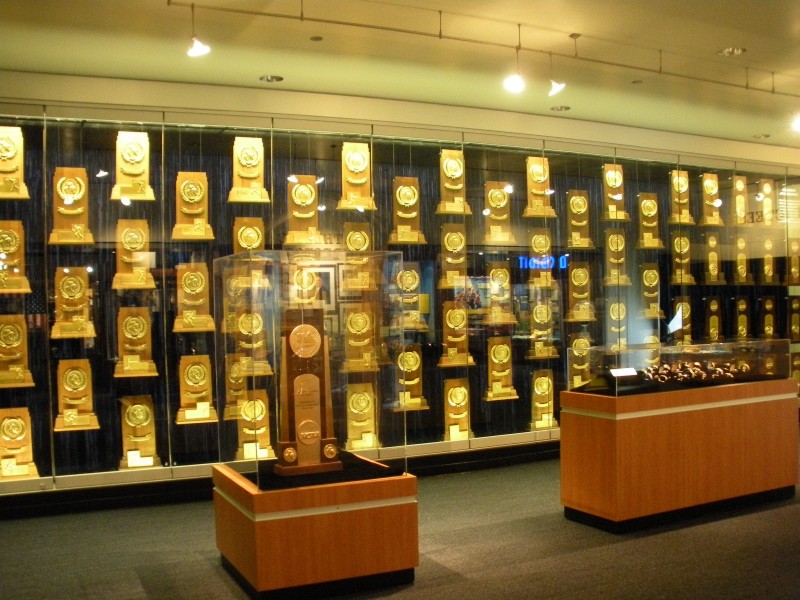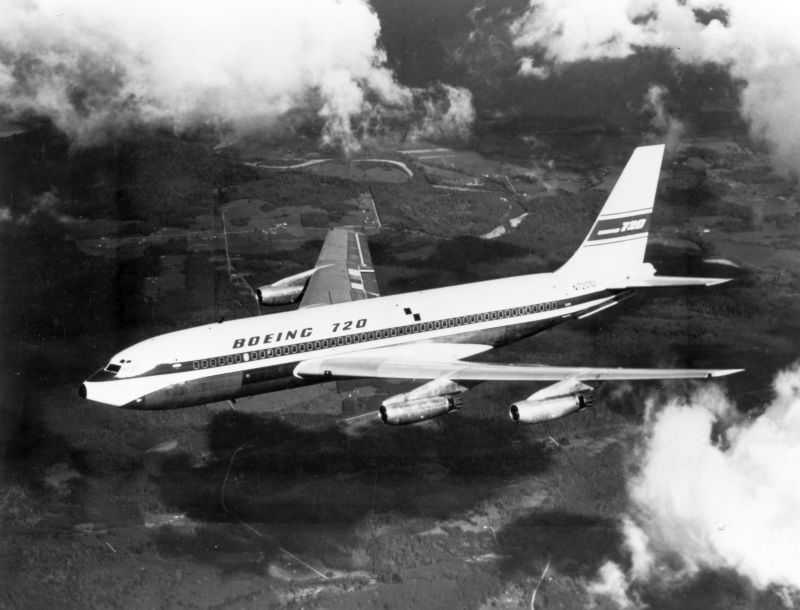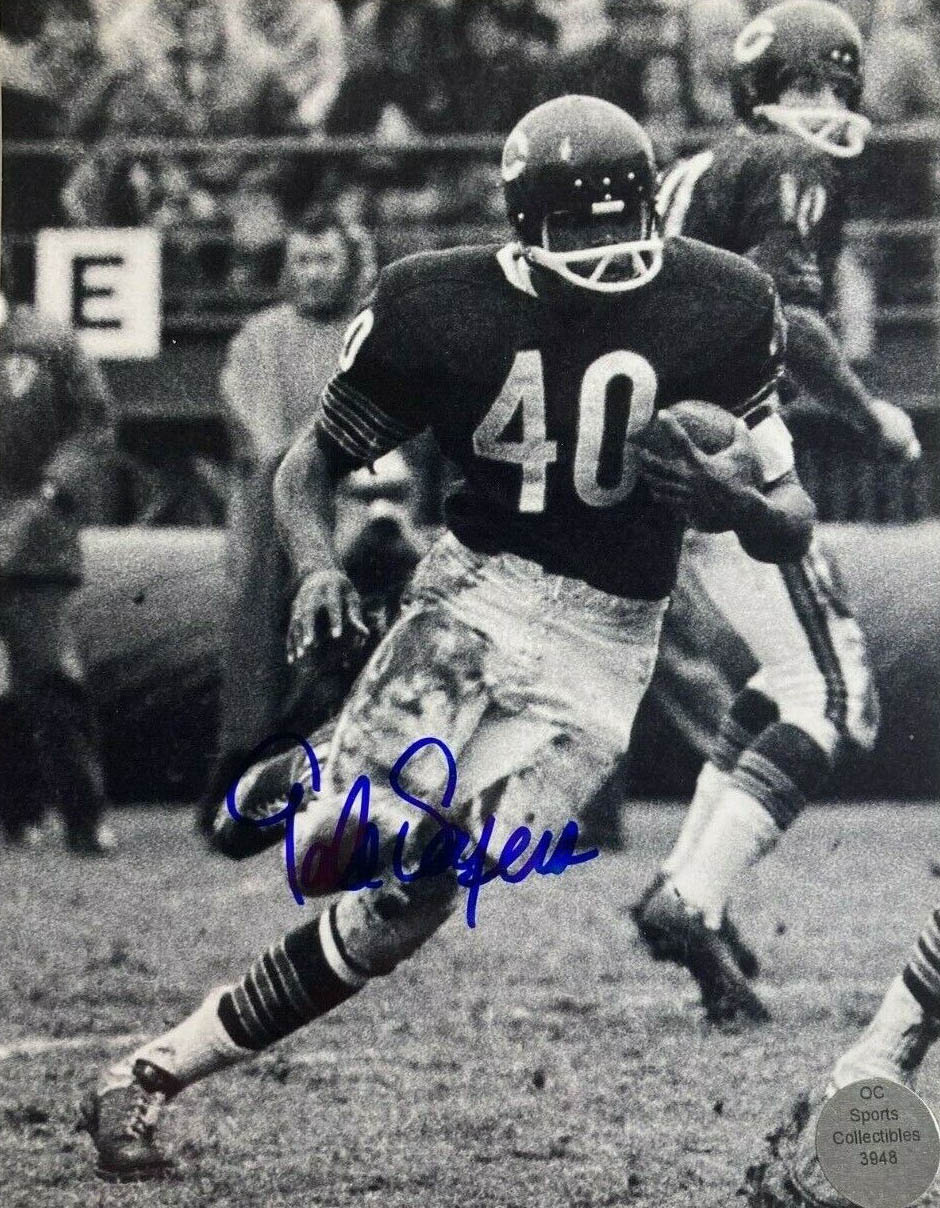|
1964 Oregon Webfoots Football Team
The 1964 Oregon Webfoots football team represented the University of Oregon as a member of the Athletic Association of Western Universities (AAWU) during 1964 NCAA University Division football season. Led by 14th-year head coach Len Casanova, the Ducks compiled an overall record of 7–2–1 with a mark of 1–2–1 in conference play, tying for sixth place in the AAWU. Oregon played three home games on campus at Hayward Field in Eugene, Oregon and two at Multnomah Stadium in Portland. After five seasons as an independent following the dissolution of the Pacific Coast Conference (PCC), Oregon joined the AAWU this season, as did Oregon State. The Ducks played only one of the four conference teams from the state of California, a 10–8 loss to Stanford at Portland, decided with a late field goal. With a perfect record and a No 7 ranking after six games (and a ten-game winning streak), Oregon won just one of its final four. The Oregon State Beavers won the season-ending Civil ... [...More Info...] [...Related Items...] OR: [Wikipedia] [Google] [Baidu] |
Pac-12 Conference
The Pac-12 Conference is a collegiate athletic conference, that operates in the Western United States, participating in 24 sports at the NCAA Division I level. Its football teams compete in the Football Bowl Subdivision (FBS; formerly Division I-A), the highest level of college football in the nation. The conference's 12 members are located in the states of Arizona, California, Colorado, Oregon, Utah, and Washington. They include each state's flagship public university, four additional public universities, and two private research universities. The modern Pac-12 conference formed after the disbanding of the Pacific Coast Conference (PCC), whose principal members founded the Athletic Association of Western Universities (AAWU) in 1959. The conference previously went by the names Big Five, Big Six, Pacific-8, and Pacific-10. The Pac-12 moniker was adopted in 2011 with the addition of Colorado and Utah. Nicknamed the "Conference of Championships", the Pac-12 has won more NCAA ... [...More Info...] [...Related Items...] OR: [Wikipedia] [Google] [Baidu] |
1964 College Football All-America Team
The 1964 College Football All-America team is composed of college football players who were selected as All-Americans by various organizations that chose College Football All-America Teams in 1964. The six selectors recognized by the NCAA as "official" for the 1964 season are (1) the Associated Press (AP), (2) the United Press International (UPI), (3) the American Football Coaches Association (AFCA), (4) the Football Writers Association of America (FWAA), (5) the Central Press Association (CP), and (6) the Newspaper Enterprise Association (NEA). Other selectors include '' Time'' magazine, ''Football News'', and '' The Sporting News''. AP, UPI, NEA, and Central Press were all press organizations that polled writers and players. FWAA was also a poll of writers, and the AFCA was a poll of college coaches. The ''Sporting News'' and ''Time'' magazine polled football scouts and coaches. AP, UPI, NEA, Central Press, and ''The Sporting News'' chose both first and second teams. AP, ... [...More Info...] [...Related Items...] OR: [Wikipedia] [Google] [Baidu] |
1964 Pittsburgh Panthers Football Team
{{Pennsylvania-sport-team-stub ...
The 1964 Pittsburgh Panthers football team represented the University of Pittsburgh in the 1964 NCAA University Division football season. The team compiled a 3–5–2 record under head coach John Michelosen. The team's statistical leaders included Fred Mazurek with 686 passing yards and Barry McKnight with 551 rushing yards. Schedule References Pittsburgh Pittsburgh Panthers football seasons Pittsburgh Panthers football The Pittsburgh Panthers football program is the intercollegiate football team of the University of Pittsburgh, often referred to as "Pitt", in Pittsburgh, Pennsylvania. Traditionally the most popular sport at the university, Pitt football has p ... [...More Info...] [...Related Items...] OR: [Wikipedia] [Google] [Baidu] |
1964 BYU Cougars Football Team
The 1964 BYU Cougars football team represented Brigham Young University (BYU) as a member of the Western Athletic Conference (WAC) during the 1964 NCAA University Division football season. In their first season under head coach Tommy Hudspeth, the Cougars compiled an overall record of 3–6–1 with a mark of 0–4 against conference opponents, finished last out of six teams in the WAC, and were outscored by a combined total of 210 to 173. Quarterback Virgil Carter led the team with 1,154 passing yards, 1,542 yards of total offense, and 32 points scored. Other statistical leaders included John Ogden with 770 rushing yards and Bruce Smith with 470 receiving yards.BYU Football 2015 Almanac, pp. 162-164. Schedule References BYU BYU Cougars football seasons BYU Cougars football The BYU Cougars football team is the college football program representing Brigham Young University (BYU) in Provo, Utah. The Cougars began collegiate football competition in 1922, and have won 23 c ... [...More Info...] [...Related Items...] OR: [Wikipedia] [Google] [Baidu] |
1964 Indiana Hoosiers Football Team
{{Indiana-sport-stub ...
The 1964 Indiana Hoosiers football team represented the Indiana Hoosiers in the 1964 Big Ten Conference football season. The Hoosiers played their home games at Seventeenth Street Stadium in Bloomington, Indiana. The team was coached by Phil Dickens, in his seventh and final year as head coach of the Hoosiers. Schedule 1965 NFL draftees References Indiana Indiana Hoosiers football seasons Indiana Hoosiers football The Indiana Hoosiers football program represents Indiana University Bloomington in NCAA Division I Football Bowl Subdivision college football and in the Big Ten Conference. The Hoosiers have played their home games at Memorial Stadium since 1960 ... [...More Info...] [...Related Items...] OR: [Wikipedia] [Google] [Baidu] |
Boeing 720
The Boeing 720 is an American narrow-body airliner produced by Boeing Commercial Airplanes. Announced in July 1957 as a 707 derivative for shorter flights from shorter runways, the 720 first flew on November 23, 1959. Its type certificate was issued on June 30, 1960, and it entered service with United Airlines on July 5, 1960. A total of 154 Boeing 720s and 720Bs were built until 1967. As a derivative, the 720 had low development costs, allowing profitability despite few sales. Compared to the 707-120, it has a length reduced by 8.33 feet (2.54 m), a modified wing and a lightened airframe for a lower maximum takeoff weight. Originally designed to be powered by four Pratt & Whitney JT3C turbojets, the initial 720 would cover a range with 131 passengers in two classes. The reconfigured 720B, powered by JT3D turbofans, first flew on October 6, 1960, and entered service in March 1961. It could seat 156 passengers in one class over a range. Some 720s were later converted to ... [...More Info...] [...Related Items...] OR: [Wikipedia] [Google] [Baidu] |
Jet Airliner
A jet airliner or jetliner is an airliner powered by jet engines (passenger jet aircraft). Airliners usually have two or four jet engines; three-engined designs were popular in the 1970s but are less common today. Airliners are commonly classified as either the large wide-body aircraft, medium narrow-body aircraft and smaller regional jet. Most airliners today are powered by jet engines, because they are capable of safely operating at high speeds and generate sufficient thrust to power large-capacity aircraft. The first jetliners, introduced in the 1950s, used the simpler turbojet engine; these were quickly supplanted by designs using turbofans, which are quieter and more fuel-efficient. History Early history The first airliners with turbojet propulsion were experimental conversions of the Avro Lancastrian piston-engined airliner, which were flown with several types of early jet engine, including the de Havilland Ghost and the Rolls-Royce Nene. They retained the two inboa ... [...More Info...] [...Related Items...] OR: [Wikipedia] [Google] [Baidu] |
1964 NFL Draft
The 1964 National Football League draft was held in Chicago, Illinois, at the Sheraton Hotel & Towers on Monday, December 2, 1963. The first overall pick was Dave Parks, an end from Texas Tech, selected by the San Francisco 49ers. The AFL draft was two days earlier, on Saturday, November 30. In the next two years, the drafts were held on the same day; following the merger agreement in June 1966, a common draft was instituted for 1967. The 1964 NFL Draft is notable for the highest number of people enshrined in Pro Football Hall of Fame with 11 total, 1 player selected was inducted as a coach, Bill Parcells. Player selections Round one * HOF Member of the Professional Football Hall of Fame Round two Round three Round four * 3 Signed as a 1st round pick with the New York Jets of the American Football League. Round five Round six Round seven Round eight Round nine Round ten Round eleven Round twelve Round thirteen Round ... [...More Info...] [...Related Items...] OR: [Wikipedia] [Google] [Baidu] |
1964 Kansas Jayhawks Football Team
The 1964 Kansas Jayhawks football team represented the University of Kansas in the 1964 NCAA University Division football season. Regular season During his Jayhawk career, Gale Sayers rushed for 2,675 yards and gained 3,917 all-purpose yards. In 1963, he set an NCAA Division I record with a 99-yard run against Nebraska. In his senior year, he led the Jayhawks to a 15–14 upset victory over Oklahoma with a 96-yard kickoff return. Schedule Roster Game summaries Vs. TCU At Syracuse Vs. Wyoming At Iowa State Vs. Oklahoma At Oklahoma State At Kansas State Vs. Nebraska Vs. Colorado At Missouri Awards and honors *Gale Sayers – Consensus All-America selection, All-Big Eight 1965 NFL Draft *Gale Sayers was also drafted by the Kansas City Chiefs in the first round of the 1965 American Football League draft.''NFL 2001 Record and Fact Book'', Workman Publishing Co, New York,NY, , p. 395 References {{Kansas Ja ... [...More Info...] [...Related Items...] OR: [Wikipedia] [Google] [Baidu] |
Gale Sayers
Gale Eugene Sayers (May 30, 1943September 23, 2020) was an American professional football player who was both a halfback and return specialist in the National Football League (NFL). In a relatively brief but highly productive NFL career, Sayers spent seven seasons with the Chicago Bears from 1965 to 1971, though multiple injuries effectively limited him to five seasons of play. He was known for his elusiveness and agility and was regarded by his peers as one of the most difficult players to tackle. Nicknamed the "Kansas Comet", Sayers played college football for the Kansas Jayhawks football team of the University of Kansas, where he compiled 4,020 all-purpose yards over three seasons and was twice recognized as a consensus All-American. In Sayers' rookie NFL season, he set a league record by scoring 22 touchdowns—including a record-tying six in one game—and gained 2,272 all-purpose yards en route to being named the NFL's Rookie of the Year. He continued this product ... [...More Info...] [...Related Items...] OR: [Wikipedia] [Google] [Baidu] |
1964 Alabama Crimson Tide Football Team
The 1964 Alabama Crimson Tide football team (variously "Alabama", "UA" or "Bama") represented the University of Alabama in the 1964 NCAA University Division football season. It was the Crimson Tide's 70th overall and 31st season as a member of the Southeastern Conference (SEC). The team was led by head coach Bear Bryant, in his seventh year, and played their home games at Denny Stadium in Tuscaloosa, Legion Field in Birmingham and Ladd Stadium in Mobile, Alabama. They finished the season with ten wins and one loss (10–1 overall, 8–0 in the SEC), as SEC champions and with a loss to Texas (a team Arkansas defeated in Austin, TX) in the Orange Bowl. As the major wire services at that time awarded their national champions prior to the bowl season, Alabama was also recognized as national champions by the AP and UPI before their loss to Texas. After the bowl games, the Football Writers Association of America (FWAA) named the undefeated Arkansas Razorbacks as the national ch ... [...More Info...] [...Related Items...] OR: [Wikipedia] [Google] [Baidu] |



